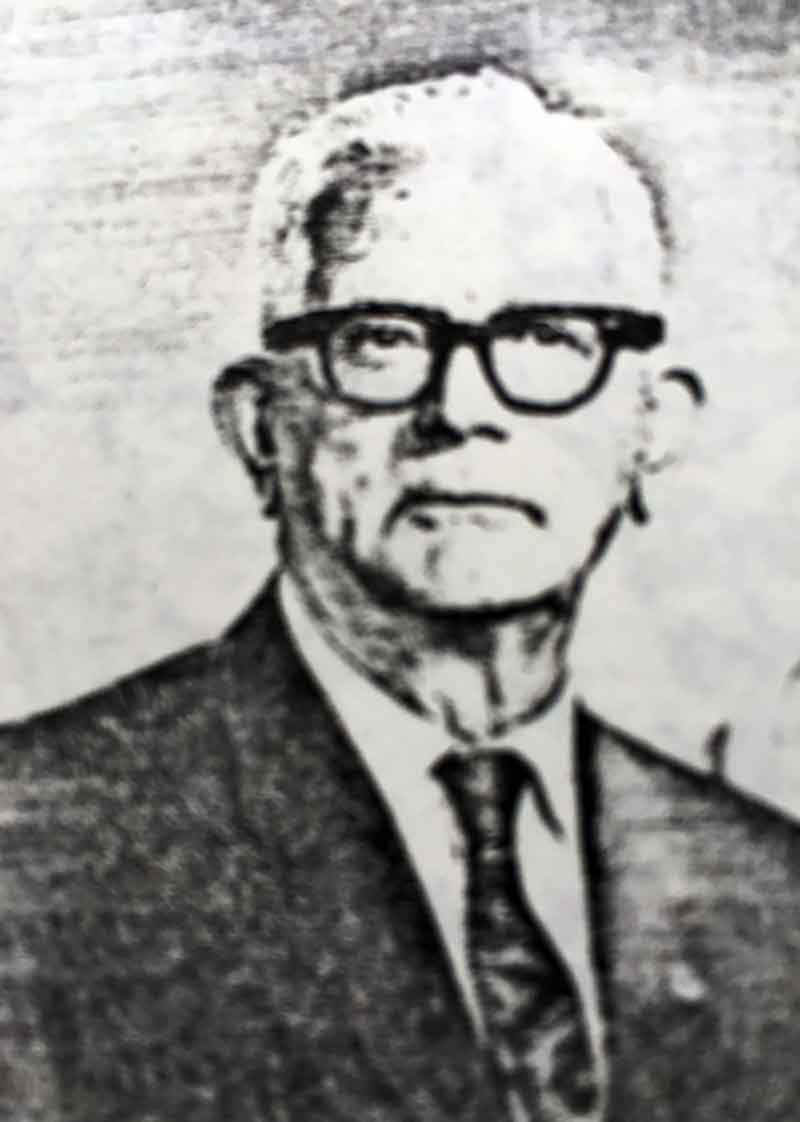N of Miette River, W of Jasper
52.89 N 118.2231 W — Map 083D16 — Google — GeoHack
Name officially adopted in 1951
Topo map from Canadian Geographical Names
“Narraway River” adopted in 1923 on BC-Alberta boundary sheet 40, not “Sheep Creek” as labelled on BC Lands’ maps 1G, 1916, and 1H, 1917, nor “Crooked River” as submitted on preliminary plans of the interprovincial boundary survey by Richard William Cautley [1873–1953], Dominion Land Surveyor.
Named after Athos Maxwell Narraway [1888–1974], DLS, who had surveyed the trail between Fort St. John and Fort Nelson River in 1921, and, as controller of surveys for the Department of Mines and Resources, Ottawa, had visited this area while inspecting Cautley’s interprovincial boundary survey party in 1922. He was co-author of Aircraft in Forestry: Containing Air Operations for Forest Fire Protection (1928) and Applied Aerial Photography (1929).
June 30 — The entrance of the first Lake [at the height of land] was stopped with drift wood, but at the expense of some time and trouble we opened a passage into the Lake [Arctic Lake] and advanced about a mile and a half, where we found the strange Indian all ready mentioned with his family, and also Ranchuse [Kenchuse] the Carrier, who came ahead with him yesterday.
July 17 — Having arrived last night too late to gum the canoes we were under the necessity of performing that operation this morning before we set off, and it was 7 A.M. before we took our departure; and we did not advance above two miles when we got to the foot of a cascade and a long Rapid where our guide Kenchuse dammed blockhead that never passed [through this country] before I believe, informed us that it was fine going on the left shore. Accordingly we traversed, and went up but a very short distance when we were obliged to stop and mend the bow of my canoe, which got such a thump upon a tree that shattered it so much that it could continue no longer upon the water in the state it was in.

George Vancouver Copley
Vernon & District Family History Society
After George Vancouver Copley [1880–1976], who did the first detailed survey and timber reconnaissance in this area in 1915. Copley was born in Cobble Hill at Shawnigan Lake on Vancouver Island. An early industrial accident left his right arm 5 cm shorter than the left. Prior to 1915, Copley had accompanied Frank Swannell on various surveys from 1909 to 1914, and was hired by the BC Forest Service for the 1915 timber reconnaissance survey of the upper Parsnip River and McGregor River valleys. He continued to work for the BC Forest Service until his retirement.